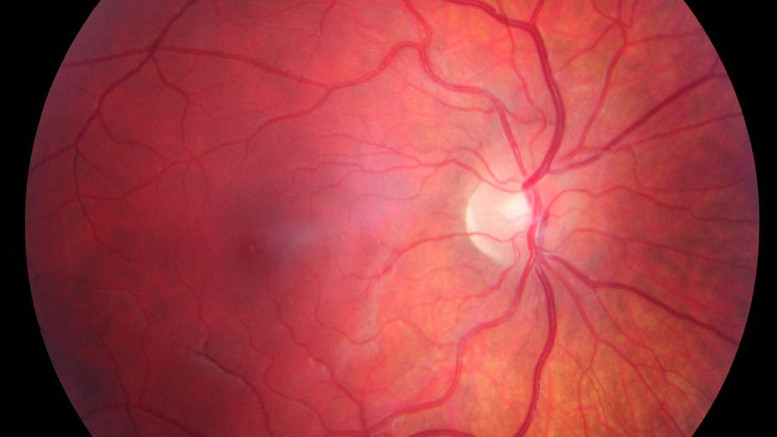A team of scientists found a groundbreaking discovery that may help treat millions of patients affected by eye diseases such as glaucoma and macular degeneration. Thanks to their new cell reprogramming technique, retina support cells could be transformed into stem cells able to regenerate dead or damaged tissues in subjects who completely or partially lost their sight.
According to data from the Centers for Disease Control and Prevention (CDC), up to 1.8 million American patients aged 40 and suffer from age-related macular degeneration (AMD). The macula is the central portion of the retina. Due to the normal aging process, the macula thins progressively, causing a blurred eyesight and loss of central vision. As the condition progresses, however, the damage sustained may lead to permanent vision impairment especially in elder subjects. The vast majority of patients affected by AMD, though, will slowly lose close-up sight, especially if they suffer from “large drusen”, a condition that causes small clusters of yellow-colored fatty proteins and lipids to accumulate inside the retina.
The group of researchers from the Yale University School of Medicine identified several genetic sequences found in cold-blooded fishes that are able to regenerate dead retina cells. Those small marine creatures can, in fact, activate a group of support neurons known as Muller glial cells (MGs) after an injury is sustained. The MGs act as a reserve of immature stem cells whose regenerative power can recover ample portions of damaged tissues. In the past, other scientists tried to activate MGs in mammals by damaging nearby cells with neurotoxins, but they were never able to properly stimulate these cellular populations. However, by manipulating mice genes and replacing it with zebrafish ones, the team led by professor of ophthalmology Bo Chen was able to activate these DNA sequences. This new discovery published in the journal Cell Reports, opens up many alternatives to treat many common degenerative eye conditions since it can be used as a therapeutic tool to recover damage that was otherwise considered as permanent.
Article written by Dr. Claudio Butticè
REFERENCES
- Ziba Kashef. New insight into eye diseases. September 27, 2016. Yale News
- Centers for Disease Control and Prevention (CDC). Common Eye Disorders. Accessed October 2016
- Kai Yao, Suo Qiu, Lin Tian, William D. Snider, John G. Flannery, David V. Schaffer, Bo Chen. Wnt Regulates Proliferation and Neurogenic Potential of Müller Glial Cells via a Lin28/let-7 miRNA-Dependent Pathway in Adult Mammalian Retinas. Cell Reports, Volume 17, Issue 1, p165–178, 27 September 2016.
